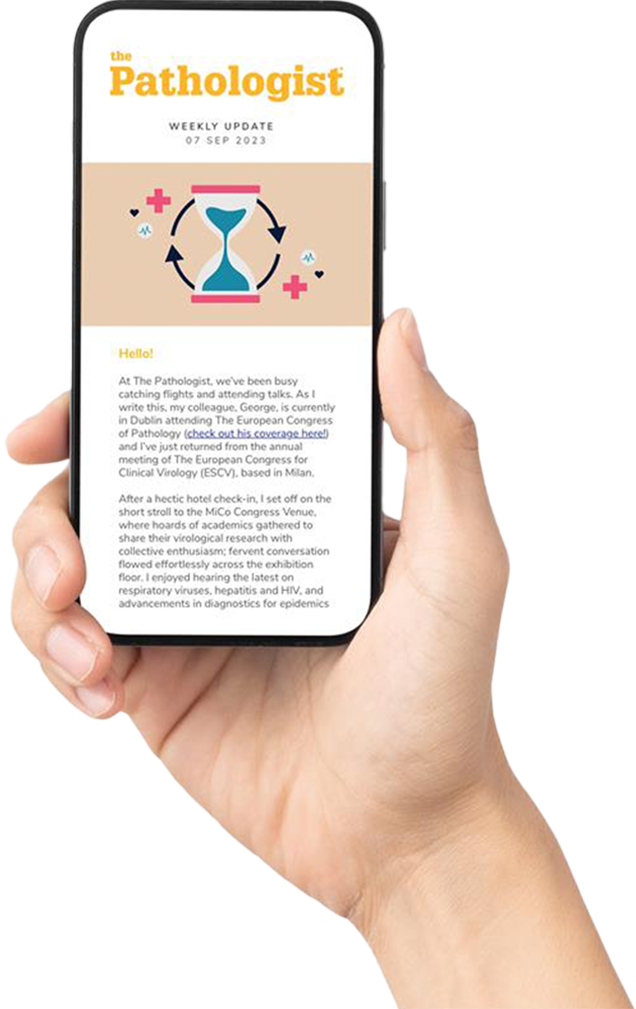Minimally invasive tissue sampling (MITS) is a novel percutaneous method used for tissue and fluid specimen collection, particularly as an alternative to complete diagnostic autopsy. Initiated at Maputo Central Hospital in Mozambique, this study involved nine adults who underwent MITS at 24, 48, and 72 hours postmortem. The findings demonstrated that MITS consistently matched cause of death determinations with complete diagnostic autopsy, with particular attention to the effects of postmortem intervals on diagnostic integrity and microbial profiles, leading to its recommendation for resource-limited settings.
False
Explore More in Pathology
Dive deeper into the world of pathology. Explore the latest articles, case studies, expert insights, and groundbreaking research.
False
Advertisement
Recommended
False
